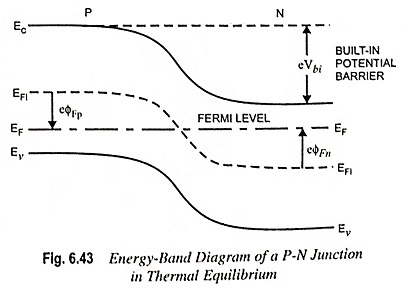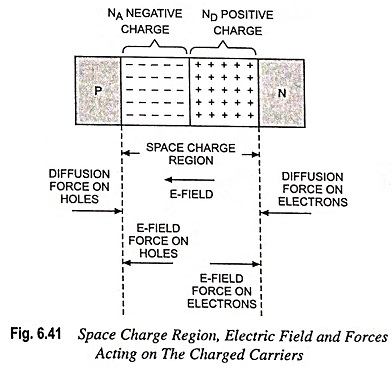Explain Steady State Conditions in Semiconductor
Explain Steady State Conditions in Semiconductor: Explain Steady State Conditions in Semiconductor - When the P-N junction is forward biased, current flows quite freely P to N in a P-N junction, as discussed in Fig.…

